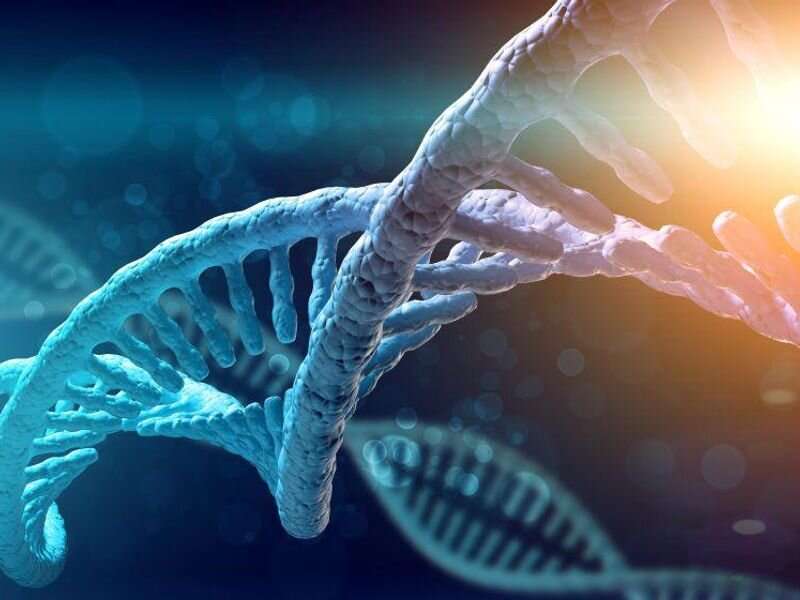Genetic risk factors for major depression (MD), bipolar disorder (BD), other nonaffective psychosis (ONAP), and schizophrenia are systematically associated with their diagnostic trajectories, according to a study published online Jan. 25 in JAMA Psychiatry.
Kenneth S. Kendler, M.D., from Virginia Commonwealth University in Richmond, and colleagues assessed the relationship of family genetic risk score (FGRS) with diagnostic stability or diagnostic change in MD (235,095 patients), BD (11,681 patients), ONAP (16,009 patients), and schizophrenia (6,312 patients).
The researchers found that during a mean of 13.1 years of follow-up, a high FGRS for the incident diagnosis was consistently associated with diagnostic stability, while a high FGRS for the final diagnosis and a low FGRS for the incident diagnosis was associated with diagnostic change. Patients in the upper 5 percent of genetic risk had higher odds of a diagnostic transition (odds ratio [OR], ≥1.75), including for MD FGRS, ONAP to MD (OR, 1.91) and schizophrenia to MD (OR, 2.45); for BD FGRS, MD to BD (OR, 2.60), ONAP to BD (OR, 2.16), and schizophrenia to BD (OR, 2.20); for ONAP FGRS, MD to ONAP (OR, 1.80), MD to schizophrenia (OR, 1.95), and BD to schizophrenia (OR, 1.89); and for schizophrenia FGRS, MD to schizophrenia (OR, 1.80) and BD to schizophrenia (OR, 1.75). FGRS profiles were more homogenous for incident cases confirmed at final diagnosis than genetic profiles for those who changed diagnoses.
"When observed over time, clinical diagnosis and genetic risk profiles became increasingly consilient, thereby providing genetic validation of these diagnostic constructs," the authors write.
More information: Kenneth S. Kendler et al, Relationship of Family Genetic Risk Score With Diagnostic Trajectory in a Swedish National Sample of Incident Cases of Major Depression, Bipolar Disorder, Other Nonaffective Psychosis, and Schizophrenia, JAMA Psychiatry (2023). DOI: 10.1001/jamapsychiatry.2022.4676
Journal information: JAMA Psychiatry
Copyright © 2023 HealthDay. All rights reserved.
























